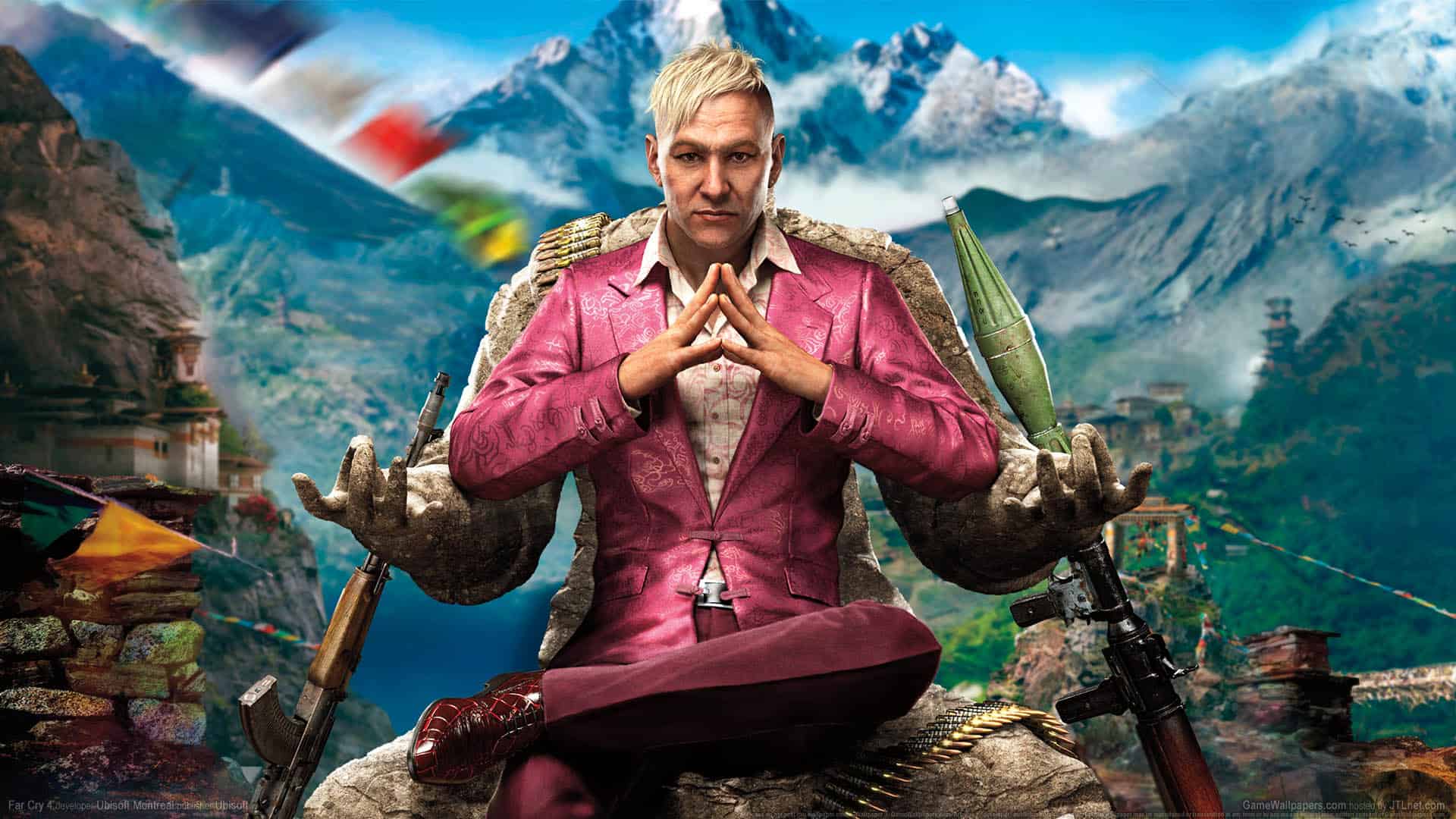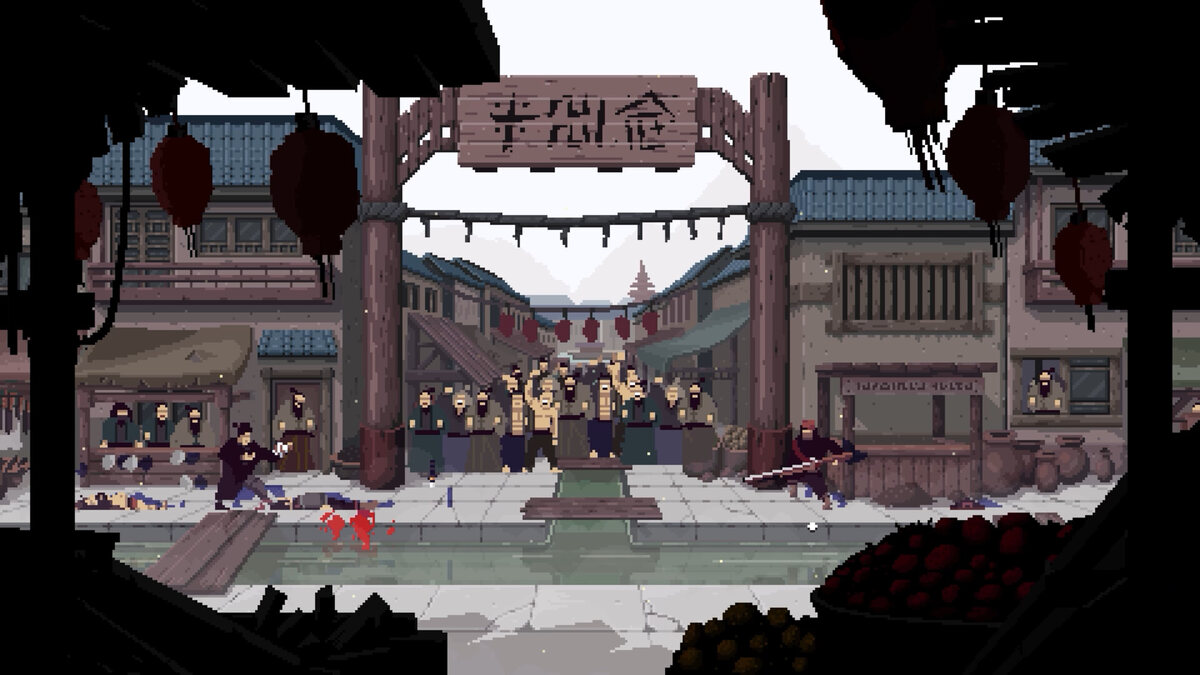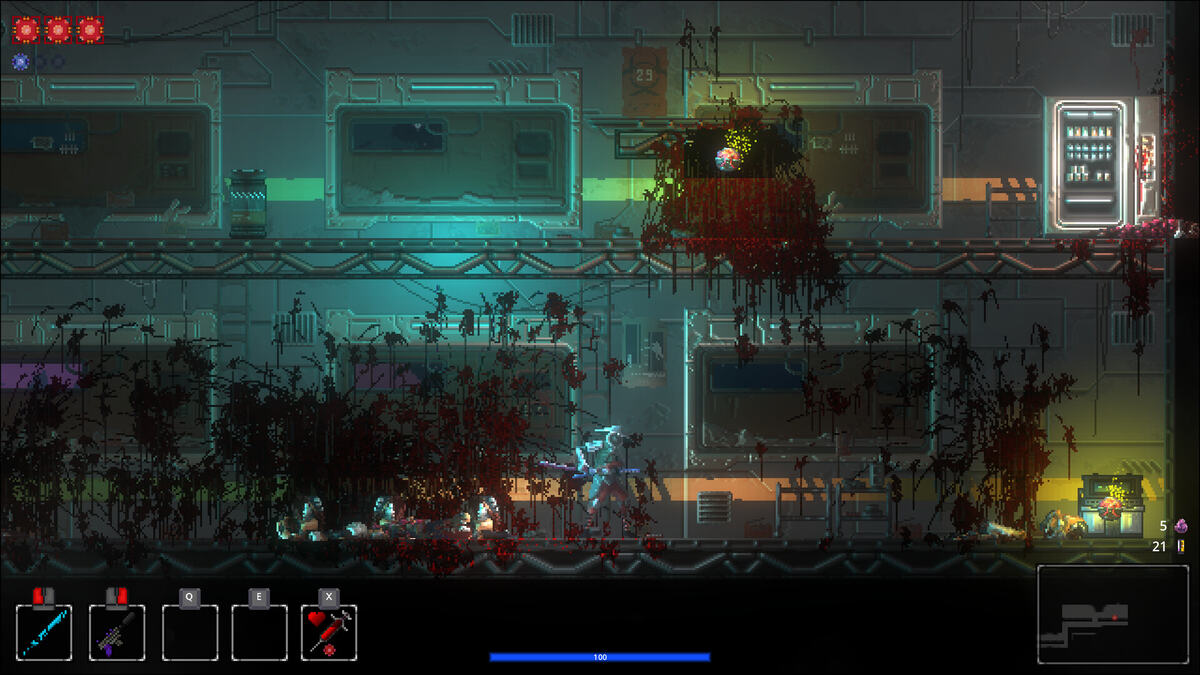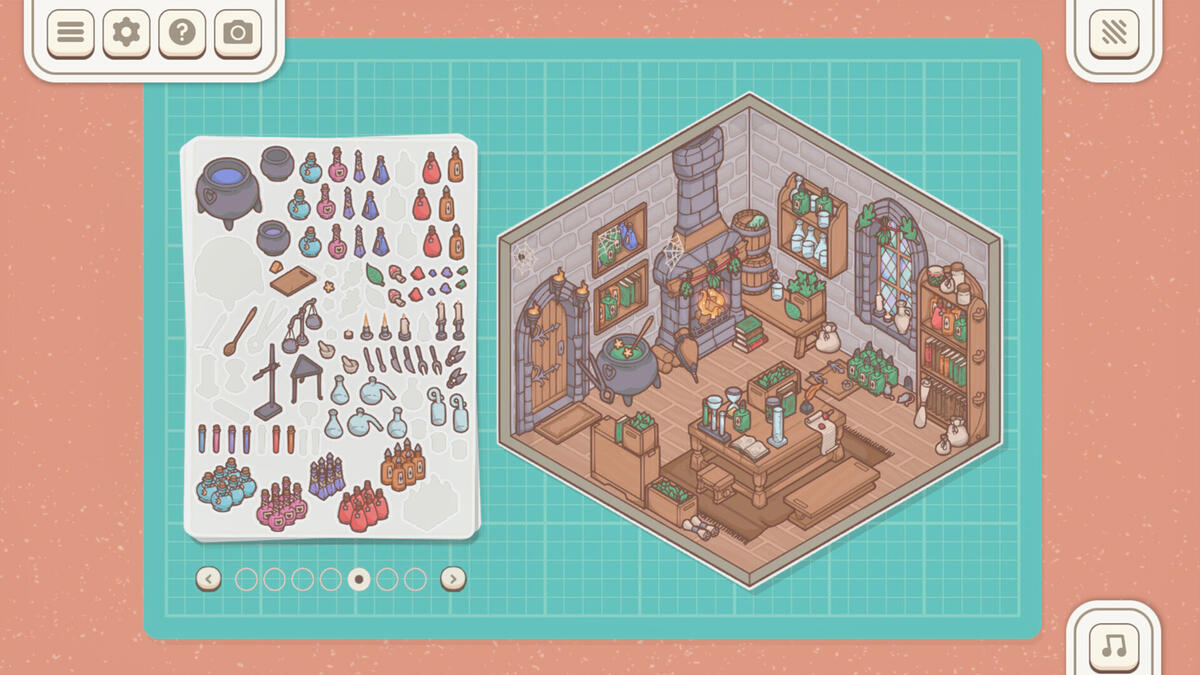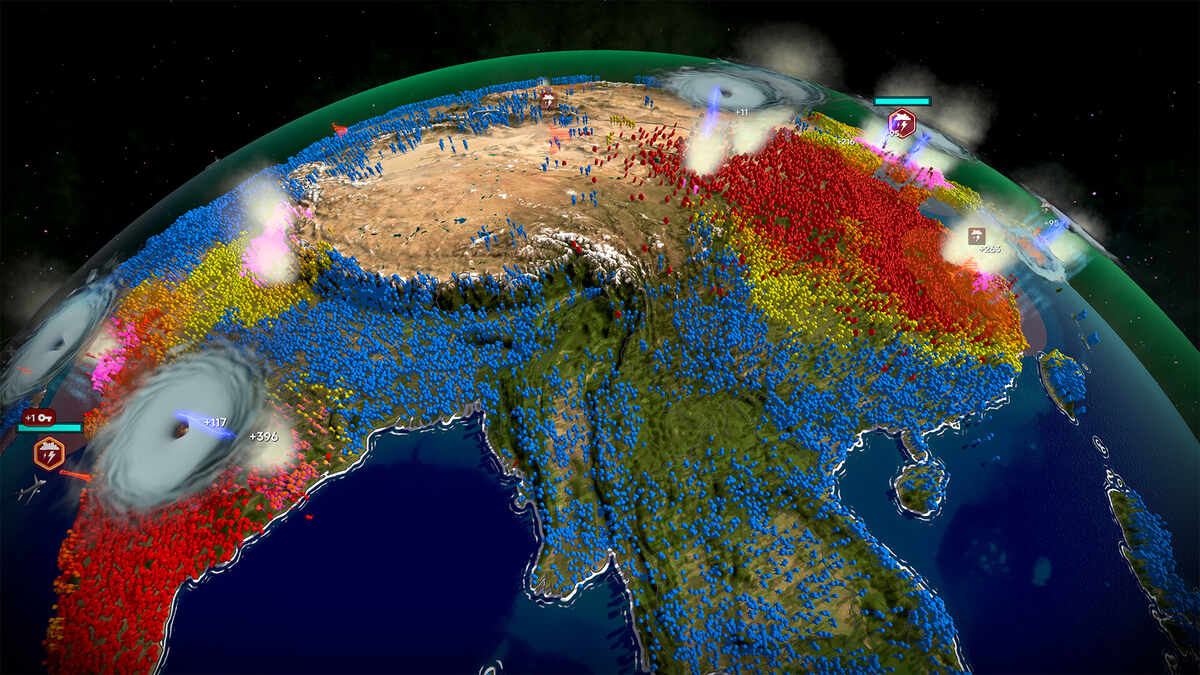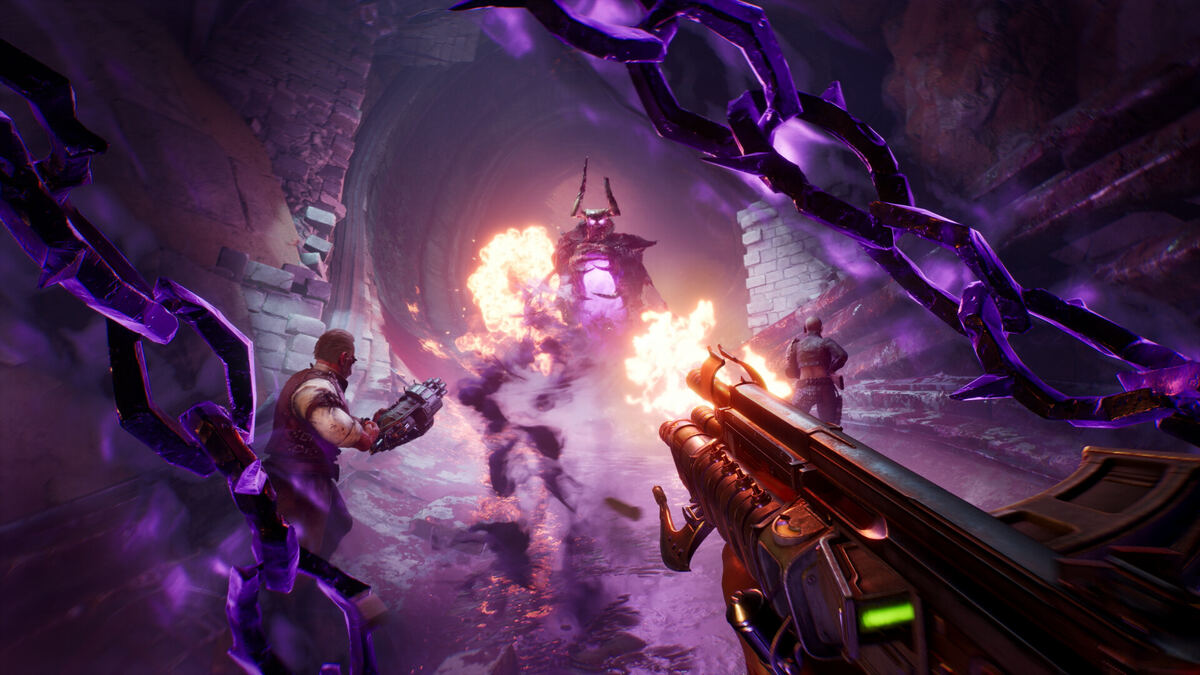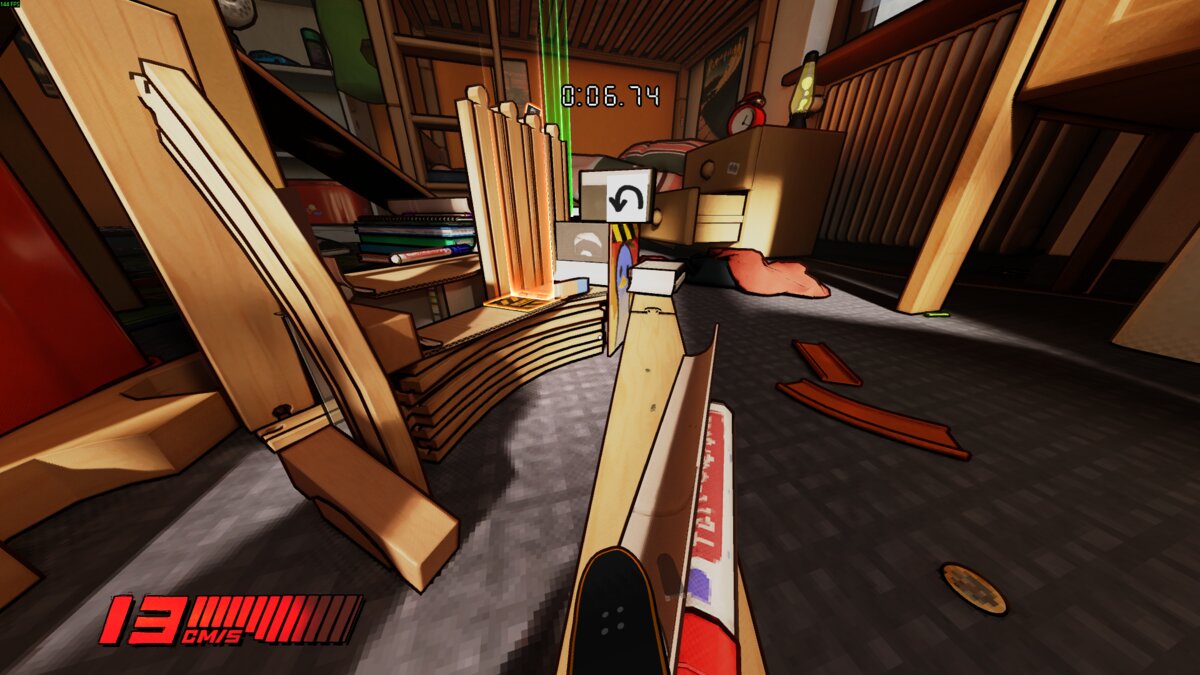You can trust VideoGamer. Our team of gaming experts spend hours testing and reviewing the latest games, to ensure you're reading the most comprehensive guide possible. Rest assured, all imagery and advice is unique and original. Check out how we test and review games here
Until now, I’ve struggled to understand exactly what makes the Far Cry games a series, rather than a disparate collection of exotic open world shooters that share some vague similarities. I may have just answered my own question, but between the first and third games, and the daft spin-offs in between, what common threads there were seemed so thin as to be barely existent.
I almost never bothered with Far Cry 3, because it was a sequel to Far Cry 2, a game which has the dubious honour of being the world’s first and only Malaria Infection Simulator and is precisely as fun to play as that sounds. It turns out I was right to ignore my gut on that occasion, because FC3 (or Empowerment Fantasy Island) is one of the best open-world shooters to date.
It was perfectly possible to hate FC2 and love FC3, and vice-versa, but this time round there should be no confusion; if you liked Far Cry 3, you’ll probably like Far Cry 4, because they are, mechanically, the same game.
The major changes from FC3 are in the motivations of the protagonist and his relationship with the villain. While Jason Brody was a Californian gap-year kid turned mass-murderer who was easy to detest, FC4’s Ajay is, for the first time in Far Cry’s history, a native of the region in which he arrives to shoot guns at fauna, having travelled there to scatter his mother’s ashes. A far more noble and relatable goal than pissing daddy’s millions on a tropical bender. Quite how he gets from somber family duty to lobbing grenades at tigers is still a mystery, but we know it has a lot to do with a certain bastard.
The villain, Pagan Min, is a stage more complicated than FC3’s Vaas. He doesn’t actually have anything against Ajay, and according to the game’s creative director, never explicitly threatens the player throughout the course of the game.
That’s not to say Pagan Min isn’t a bad man. He’s quite the rotter, ruling over the troubled region of Kyrat with all the faux-devine arrogance of a North Korean dictator. His stranglehold on the territory, and the hearts of its people, is at its most disturbingly evident during the state media messages heard over loudspeakers and car radios across the land, which sign off with “may Pagan’s light shine upon you”. It’s a daft Far Cry version of satire, but evocative none the less.
Daftness, of the best kind, is FC4’s ace in the hole. The gleeful absurdity of crashing an elephant into an armoured car, or taking potshots at an enraged militiaman from a tiny one-man helicopter, serves as a constant and potent antidote to the glum of Kyrat – seeping as it is with po-faced mysticism and the loom of guerilla warfare.
For such a glum and serious place, it is beautiful. For reference, we played the PS4 version, and it delivered plenty of visual splendour. Taking off slowly in one of those tiny, rickety helicopters presents a slow reveal, an unfolding of a landscape that is thick with forest, punctuated by warm and colourful lighting, and shrouded in a mist that rolls down from the towering and ever-present mountains that steal the horizon. The view from the ground is just as pretty, with beaten-up but brightly painted temples, enticing ruins to explore and lived-in homes.
Lived-in, by people who don’t necessarily carry an assault rifle. One of the things that FC4 has improved over its predecessors is the sense that its world is inhabited by actual people, as opposed to just being the staging ground for two opposing gangs. Nods to this were made in FC3, of course, but here there’s more of it, and it feels a lot more genuine. It helps that they do not consider the player character an outsider, as he isn’t a western reveller turned man who shoots many faces with many guns, but someone whose personal history and character arc is tied to the landscape, and to the story it tells.
For the first time in this series, at least from the short time I had to explore it, the story feels like much more than an excuse for gunplay. It certainly is that, still, but there’s an extra dimension here, helped along by characters that are almost convincingly philosophically intriguing in their own right, and well animated to boot. The digital acting in FC4 is more solid than it’s ever been: it genuinely works.
Even Ubisoft’s favourite hook, making the player climb an arseload of poxy bloody towers to unlock tiny bits of a shitting enormous map, sees some improvement over FC3’s decent implementation, taking the concept that each one is a unique climbing puzzle even further, adding interiors, more precarious jumps, guards patrolling the structure, and all sorts. For a device that seems like its inclusion is mandated from on high (we don’t know if it actually is, but it’s even in The Crew of all twatting things), FC4 does an admirable job of making them a chore worth getting on with.
While it would be fair to argue that Far Cry 4 is perhaps too similar to its immediate predecessor, it is also an indication that Far Cry has finally settled into a recognisable, winning form. It’s no longer shapeless, and it doesn’t have to be re-explained every time a new edition gets pushed out of the gate.
I would consider that to be progress. If Far Cry 4 enhances and increments the features that made Far Cry 3 an obsession for many, and it certainly looks like it does, it’s going to be a very good game indeed – and this time, it’ll be because it’s a Far Cry game, not in spite of it.
Far Cry 4
- Platform(s): PC, PlayStation 3, PlayStation 4, Xbox 360, Xbox One
- Genre(s): Action, First Person, Shooter
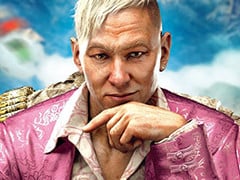
/https://oimg.videogamer.com/images/132f/far_cry_4_26.jpg)
